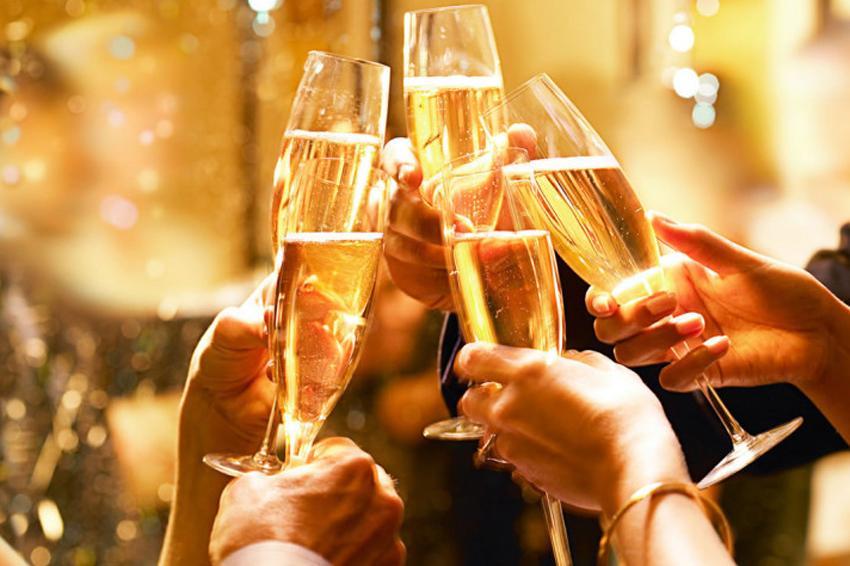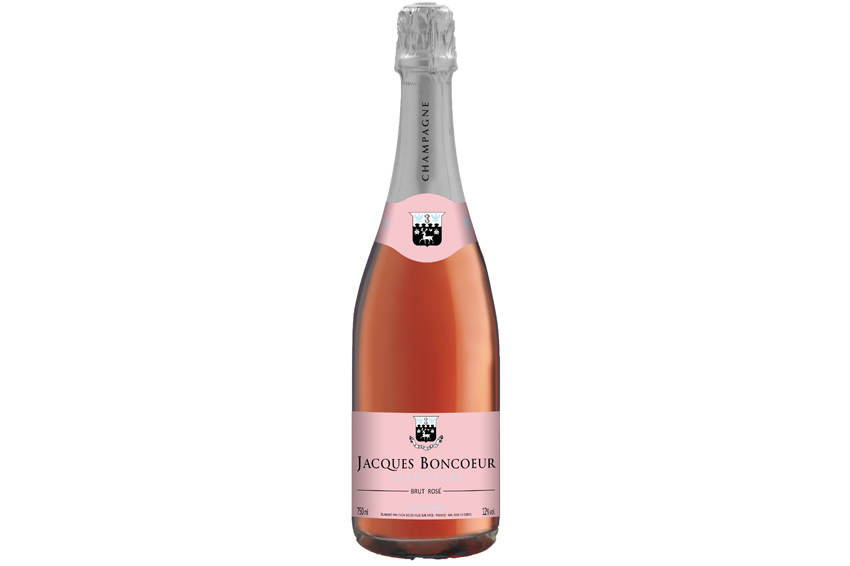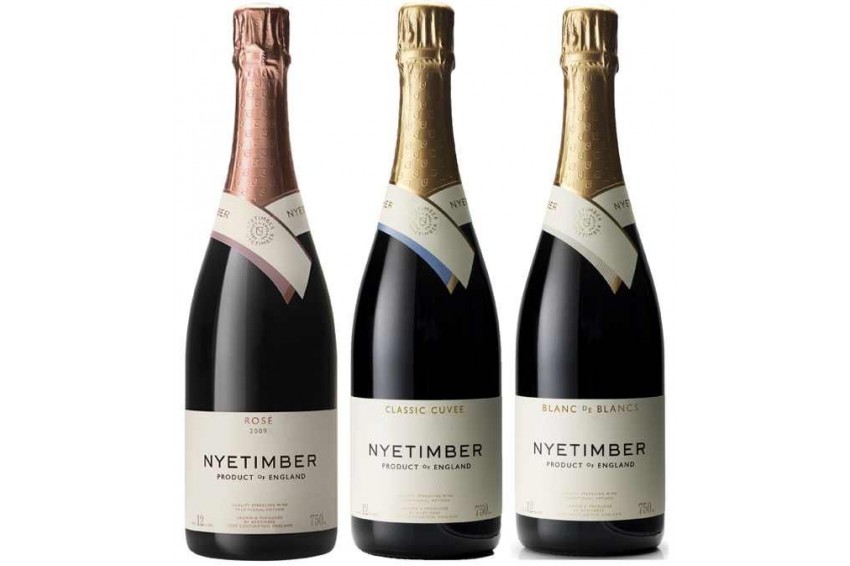Champagne is one of the most versatile food wines in the world (as well as being a very special place in Northern France)! We frequently describe this most luxurious of sparkling wines with words such as brioche, toast, honey, blossom, creamy, yeasty, biscuity, nutty, mineral and lemon curd.
Ageing and complexity
This rich complexity is developed through ageing the wine on its lees (dead yeast cells) for at least 12 months for a non-vintage (NV) and a minimum of 3 years for a vintage champagne. In reality most champagnes are cellared for much longer; 2-3 years for NV and 4-10 years for vintage Champagne. The variety of styles, aromatic complexity, elegance and poised, precise flavours make it a perfect dinner guest.
Champagne tends to showcase minerality which is a characteristic that adds depth to fruity, savoury, meaty and gamy flavours. They possess an unapparelled acidity that cuts through rich, fatty dishes and surmounts even high acid ingredients like vinegars or tomatoes.
Serving Temperature
Ensure that your Champagne is at just the right temperature when serving it. Serving Champagne that’s too warm creates an excess of foam and is alcohol-heavy on the palate. Conversely, Champagne that’s too cold lacks depth and buries the flavours. Furthermore, every Champagne is best served at different temperatures. Whilst non-vintage bruts go well at around 8°C (46.4°F), mature cuvées are best enjoyed at a few degrees more.
Glassware
When serving Champagne at the dinner table, go for a white wine glass or tulip shaped wine glass rather than a traditional flute. These have greater surface area and allow more bursting bubbles to reveal the aromas. The aromas are contained within the tapered bulb and don’t escape, which allows concentrated aeration. With a tulip glass, you’ll be able to appreciate the aroma’s subtle complexities without losing the bubbles.
Pairing
Champagne is most often consumed in celebration, as an aperitif with canapés or to raise a toast but it can complement a plethora of dishes. When pairing your Champagne, you need to consider the style of Champagne, the composition of grapes, age and sweetness. The 3 grape varieties used in Champagne each bring a different quality to the wine; Chardonnay provides elegance, finesse and creaminess. Pinot Noir adds the backbone and structure and Pinot Meunier adds delicate fruit character and hints of spice.


Jacques-Boncoeur Réserve Brut NV
A crisp, Pinot Noir dominated NV Champagne with good acidity makes for a perfect match for cheese as it will cut through the high fat content. Also great with oily fish like smoked salmon or mackerel.
BUY NOW


Billecart-Salmon Brut Rosé NV
Notes of red currants, cherries, strawberries and violets are complemented with a hint of citrus. Perfect match for Chinese food, pork, salmon, game, crispy duck or sushi.
BUY NOW


Gosset Grand Blanc de Blancs Brut NV
From the oldest producer in Champagne, made with 100% Chardonnay. Natural match with seafood because of its fresh citrus spectrum of flavours. Pair with a shellfish platter, lobster or oysters.
SOLD OUT


Laurent Perrier Vintage Brut 2008
Vintage Champagnes are only produced in the best years using the grapes from a single harvest. They are released much later and have accents of smoke, toasted almonds, dried apricots, honey and dried flowers. This is a great match for hard mature cheese, lightly smoked foods, sushi, caviar or duck with an intense sauce made with berries or plums.
SOLD OUT
Quantities for entertaining
A standard bottle of Champagne contains 6 x 125ml glasses. For a toast, aperitif or reception drink, you will need allow 2 glasses per head and if you are serving at the dinner table, you will need 1-2 glasses per course, per head.
For more Champagne and food pairing suggestions or advice on quantities required for your party, please do not hesitate to contact the Bon Coeur Team.
Santé!












